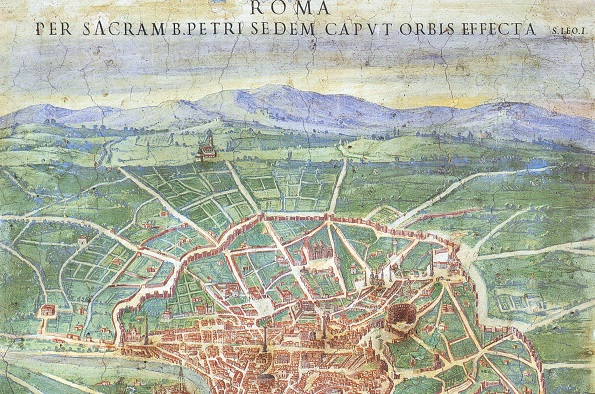
LCMRS Seminar: ''Here time becomes space': Roma sancta in the making of Roman Catholicism as a world religion c.1575-1712' (Professor Simon Ditchfield, University of York)
- Dr Anna French
- Admission: Free.
Add this event to my calendar
Click on "Create a calendar file" and your browser will download a .ics file for this event.
Microsoft Outlook: Download the file, double-click it to open it in Outlook, then click on "Save & Close" to save it to your calendar. If that doesn't work go into Outlook, click on the File tab, then on Open & Export, then Open Calendar. Select your .ics file then click on "Save & Close".
Google Calendar: download the file, then go into your calendar. On the left where it says "Other calendars" click on the arrow icon and then click on Import calendar. Click on Browse and select the .ics file, then click on Import.
Apple Calendar: The file may open automatically with an option to save it to your calendar. If not, download the file, then you can either drag it to Calendar or import the file by going to File >Import > Import and choosing the .ics file.
Material vectors of influence, too, were globalized: copies of key Marian icons - such as the Salus Populi Romani of S. Maria Maggiore, which the Jesuits adopted as their global logo - were appropriated and remade by indigenous artists from Mexico to Manila, Ming China to Mughal India. Venerating a copy anywhere in the world, it was now taught, was as legitimate as praying before the Roman original. This ‘miracle’ of portable Catholicism universalized the particular, Roman reality to create a remarkably resilient spiritual/devotional ‘alloy’ that still commands the loyalty of over one billion of this planet’s inhabitants – and in this paper Professor Ditchfield explores themes of interest to all historians working on systems of belief, cross-cultural exchange and the processes of globalization.
This event is part of the Liverpool Centre for Medieval and Renaissance Studies Seminar Series.
